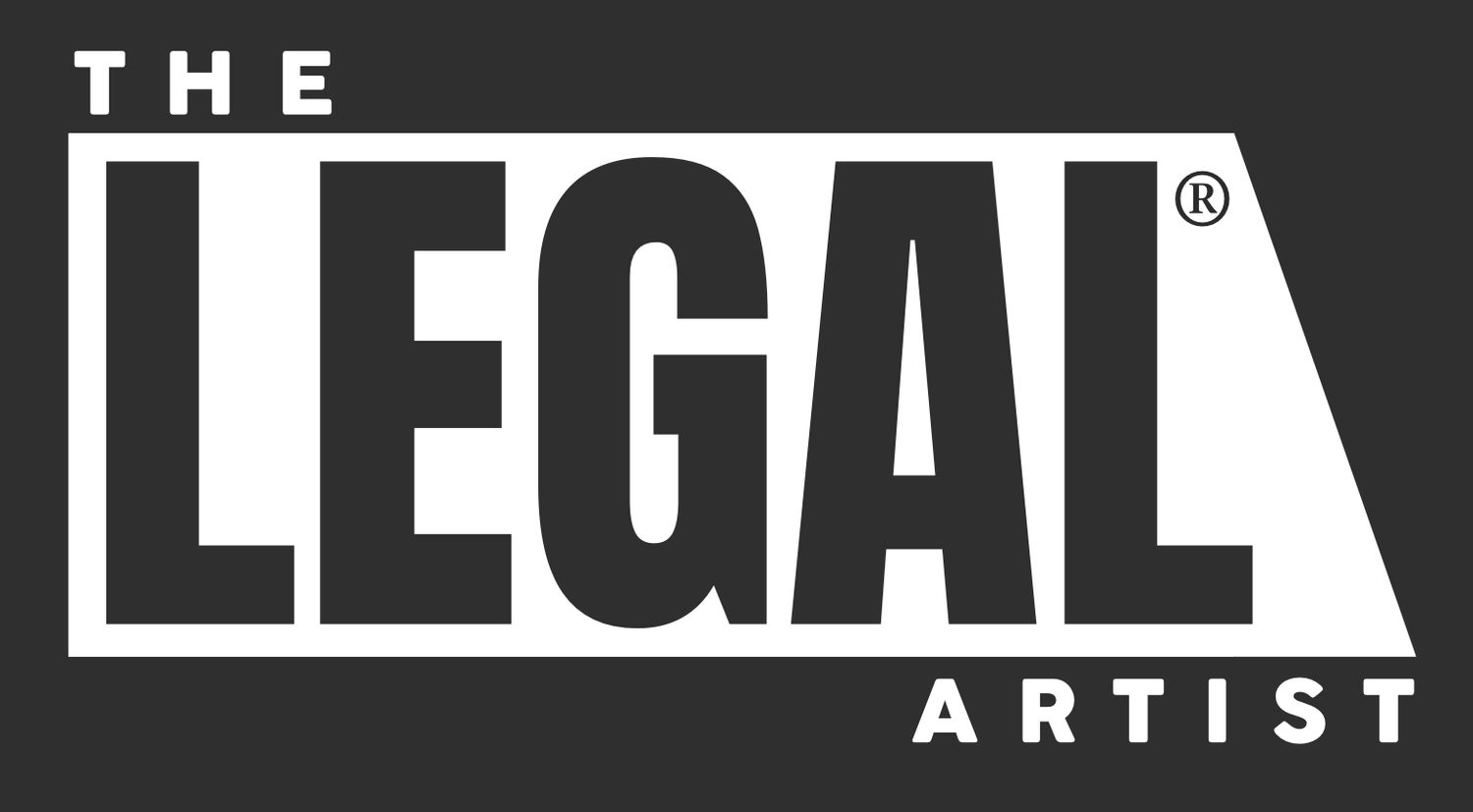You Should Offer Licensing Options To Potential Infringers
/“How do I protect my work online?”
I get asked that a lot. So much in fact that I’ve given half a dozen presentations on it over the past eighteen months. I could probably build my whole law practice around that one question and make a decent living at it. When you consider the ubiquity of the internet and the ease in which work can be taken and repurposed without your knowledge, you can see why it's such a pressing issue. Last year I partially addressed it in a blog post about licensing work to people who'd already infringed it. The gist of my argument was that instead of getting mad, maybe there was a way to get paid instead. After all, if the infringement has already taken place, why not try to make a few bucks off it?
But you don't have to wait until you've been infringed to make a deal. You should try and do it before the infringement even takes place. How? By offering licensing options to your work right up front! As you'll see below, doing this is so simple you're going to kick yourself for not thinking of it sooner.
1. Be easy to contact. Wherever your work shows up - your website, Linkedin, Behance, Pinterest, Facebook, etc. - place your contact information in a conspicuous place. A lot of work is taken without permission because a potential buyer couldn’t get in touch with the artist, so this feels like an easy fix. Offer more than one way to get in touch so the buyer knows you're actually reachable. Some artists are understandably hesitant to give out their phone numbers, but as long as a buyer can reach you by email and at least one other method, you're good to go.
2. Tell them you're ready to do business. Put some variation of the phrase "Licenses available upon request. Contact for more information." clearly and visibly on any website where your work appears. This clearly communicates to the buyer that you're ready to do business. It's also good as an evidentiary CYA move if you ever had to prosecute an infringement case down the road. It's much harder for an infringer to argue in good faith that he didn't know your works were available for purchase if you state it in big bold letters. If certain pieces are not for sale, make sure they are clearly labeled as such. For example, "This image is not available for license or sale."
3. Be ready to do business when the requests come in. Have sales or licensing options ready to go. If the piece is for sale, indicate in writing whether or not the copyright (and all attendant ownership rights) is conveyed along with the actual physical piece. The buyer has a right to know if he’s getting the copyright or not. If you go the licensing route, you can use pre-existing licensing agreements like those at Creative Commons or you can make your own. If you choose the latter, be sure to include these terms:
The amount of time the buyer can use your work;
The purpose of his use;
Whether or not he can make derivatives or copies;
Whether or not he can distribute your work or its derivatives;
The amount of the work he can use;
The geographical location he can use your work in;
Whether or not he must credit you as the author;
Any fees, payments, royalties stemming from the use.
This isn't an exhaustive list of licensing terms (and they will vary depending on your comfort level), but it's a good start and should cover most scenarios. If you're savvy enough at programming, you can even create functionality in your website that allows buyers to license your artwork automatically, without ever needing to contact you.
Obviously this strategy isn't going to apply to all of you, and it won't always works either. Sometimes people just want to steal to see if they can get away with it. That said, it's my experience that most infringers don't realize they're doing something wrong and are more than willing to parlay with you if they only knew how. So give them the option. It's easy to do and the results could be an uptick in your business. Considering how little effort this strategy requires, isn't it worth a shot








